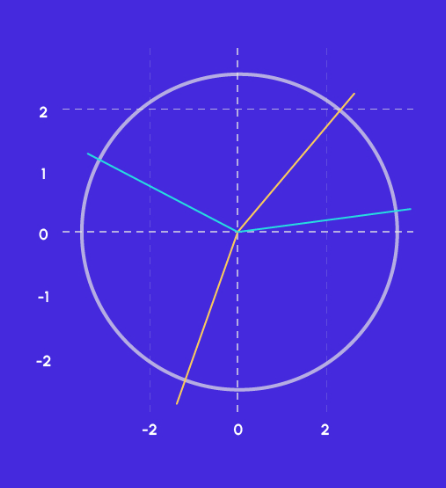In the realm of systematic macro trading, extracting meaningful insights from large datasets can be challenging. Principal Components Analysis (PCA) offers a powerful solution by reducing dimensionality and isolating the key drivers behind macroeconomic indicators. This approach not only improves model efficiency but also helps stabilize predictive regressions—paving the way for more effective trading signals.
This article explores how PCA can be used to craft macro-quantamental trading signals for developed market interest rate swaps. By consolidating information from various economic indicators into principal components, PCA-based models have shown improved predictive accuracy and stronger backtested returns when compared to simpler or non-PCA regression methods.
Understanding PCA in a Macro Trading Context
PCA transforms a large set of correlated indicators into a smaller group of uncorrelated variables called principal components. These components represent the most significant patterns in the data and are ranked based on how much variance they explain.
The process involves:
- Standardizing the data,
- Calculating the covariance matrix,
- Deriving eigenvalues and eigenvectors,
- Selecting key components based on explained variance,
- Projecting the data onto a lower-dimensional space.
In macro trading, PCA is especially valuable because it filters out noise and collinearity—two common challenges when working with economic time series. Though PCA reduces interpretability (since the resulting components are abstract combinations), the trade-off often results in cleaner, more stable predictive features.
Building Macro Signals from Principal Components
To illustrate PCA’s practical use, a macro trading strategy was built targeting interest rate swap positions in ten developed economies. The goal was to generate signals that guide both directional and cross-currency duration exposure.
The inputs were grouped into three conceptual categories:
- Inflation pressures, such as excess CPI, wage growth, and real estate inflation.
- Demand and activity metrics, including GDP growth deviations, employment trends, and confidence scores.
- Monetary expansion indicators, such as credit growth and central bank liquidity injections.
Each group was carefully selected to balance economic relevance and avoid over-representation from any one area.
Applying PCA with Learning Algorithms
To convert these macro categories into a single tradable signal, a structured learning process was applied. Here’s how it worked:
- Feature Preparation: Monthly economic indicators and returns were organized into panel-format data frames.
- Model Grid Definition: PCA and regression models were defined using various combinations and hyperparameters.
- Performance Evaluation: Models were tested using balanced accuracy, ensuring prediction quality for both rising and falling rates.
- Cross-Validation: Sequential panel splits preserved the chronological structure of training and testing sets.
- Model Optimization: PCA and regression were optimized using a wrapper that selected the best combination based on performance.
- Signal Testing: Final signals were assessed using backtests and economic metrics.
Multiple PCA configurations were tested, including:
- A full-sample “kitchen sink” PCA,
- Groupwise PCA by concept,
- Two-stage PCA (group PCA followed by component-level PCA),
- PCA on averaged group scores (conceptual PCA).
Key Results from PCA-Based Signal Testing
The performance of PCA-based signals was measured against two conceptual parity benchmarks—one using raw group averages, and another applying statistical regression to the grouped scores.
Findings included:
- PCA-based signals demonstrated stronger predictive accuracy in forecasting the direction of returns.
- Backtests showed that PCA-based approaches consistently outperformed non-PCA and basic average-score methods in terms of Sharpe and Sortino ratios.
- Groupwise two-stage PCA delivered the highest risk-adjusted returns over a 20-year period, particularly during economic turning points.
- Simple conceptual parity signals, while intuitive, lacked the precision and adaptability of PCA-driven models, especially across different countries.
However, PCA’s benefits were more pronounced within individual countries. At the cross-country level, some predictive power was diluted—likely due to variations in how different economies respond to macro indicators.
Final Thoughts: The Power and Prudence of PCA
This example shows that even a straightforward implementation of PCA can offer considerable value in macro trading strategy development. By consolidating economic data into uncorrelated components, traders can generate signals that are less prone to overfitting and more grounded in real-world trends.
While conceptual parity still has merit for interpretability and simplicity, PCA-based signals clearly provide a more refined tool for navigating complex market environments. Used thoughtfully, they help balance model sophistication with statistical reliability—enabling strategies that not only backtest well but also stand up in live trading.
